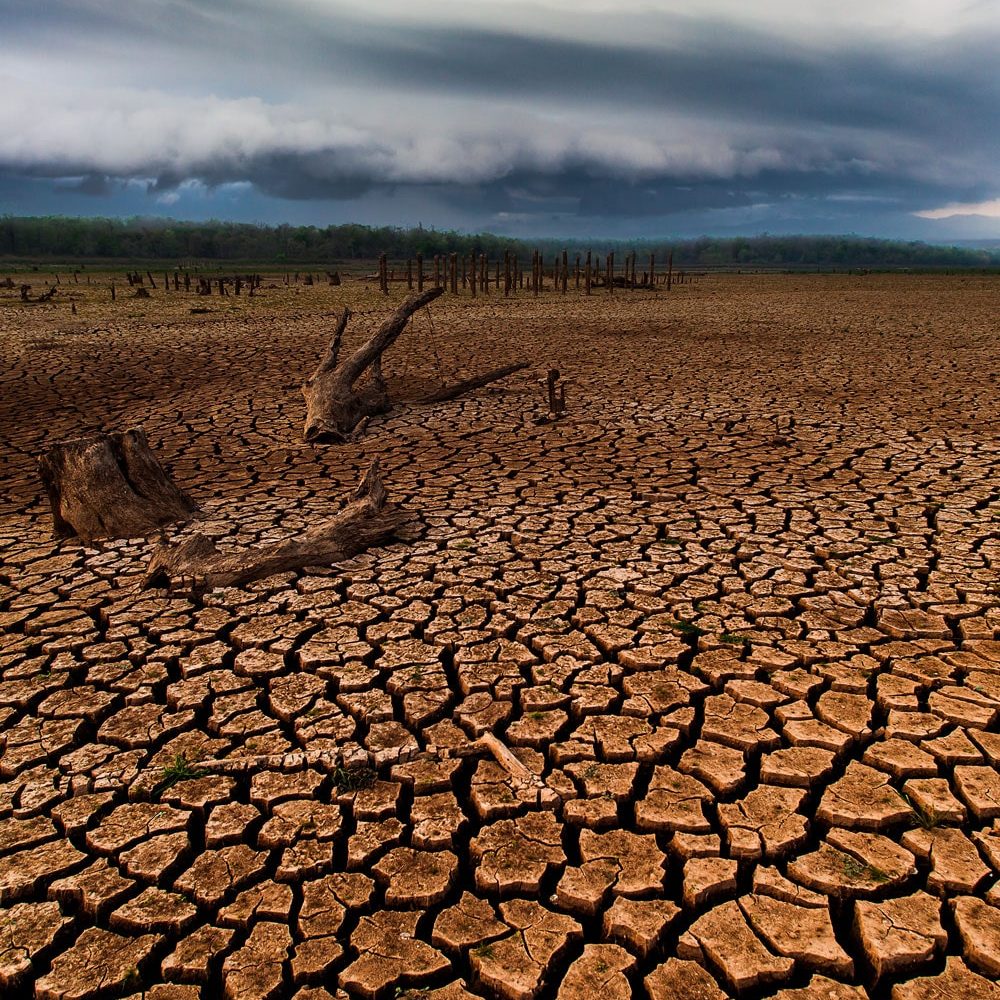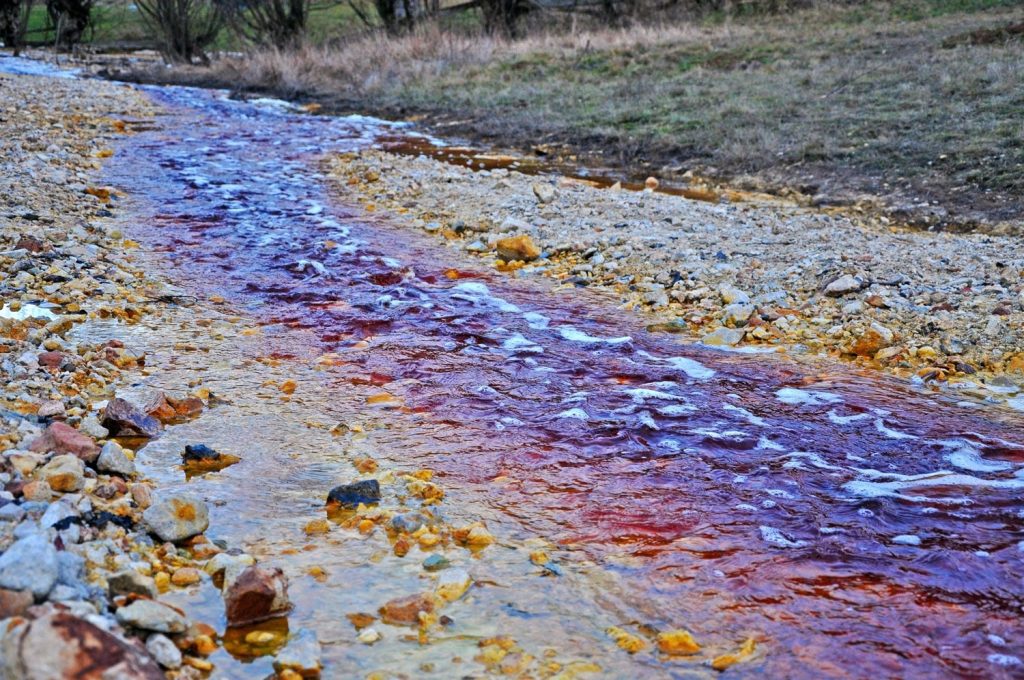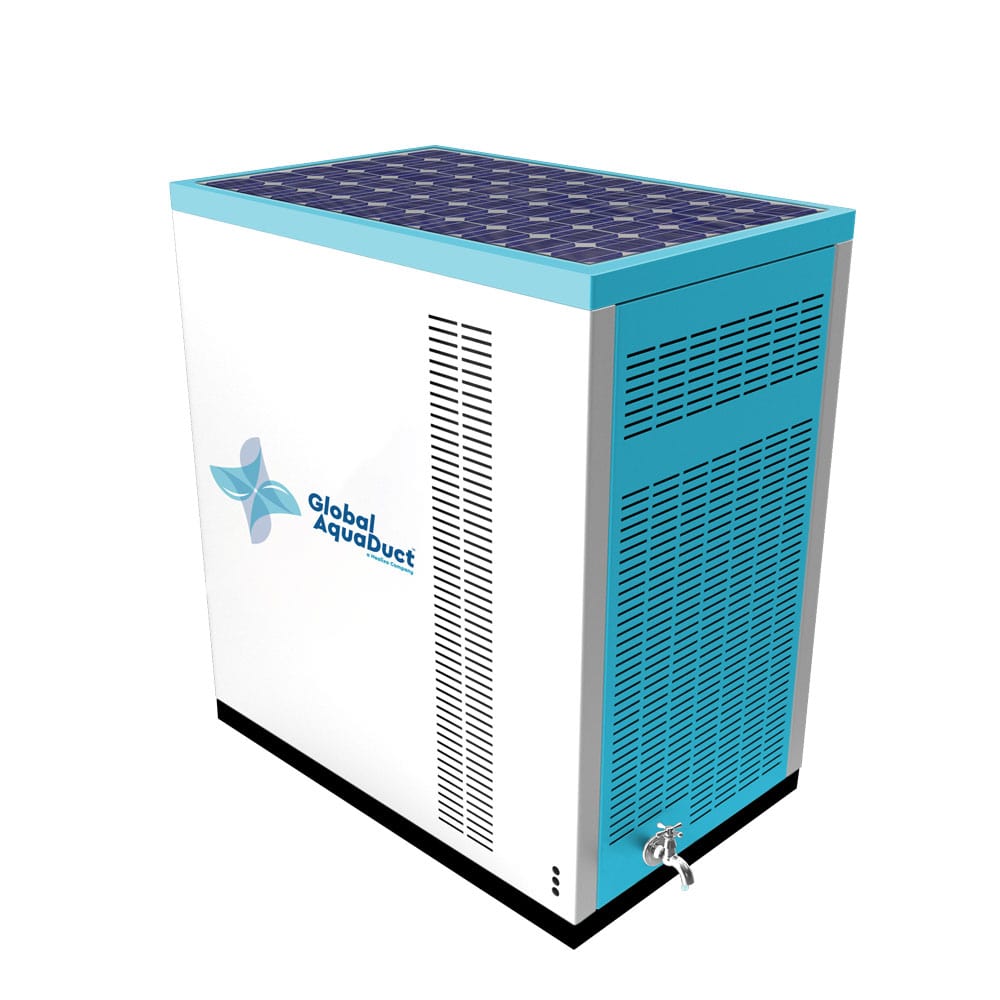
Four billion people — almost two-thirds of the world’s population — live through serious water scarcity for at least one month each year. Over two billion people live in countries where the water supply is insufficient. Half of the world’s population could be living in areas facing water scarcity by as early as 2025.
In order to solve the world water crisis, we need to think differently. We have turned challenges into an opportunity for a sustainable, better world for all of us with Global AquaDuct’s® Deposition Water Harvesting™ system that mimics the conditions of glaciers and mountain tops with an energy-efficient, low collector temperature.
What is Water Scarcity?
Water scarcity is defined as the lack of freshwater resources to meet the standard water demand within an area or region. There are two types of water scarcity: physical water scarcity and economic water scarcity.

- Physical water scarcity is where there is not enough water to meet all demands, including that needed for ecosystems to function.
- Economic water scarcity is the result of a lack of investment in infrastructure or technology to draw water from rivers, aquifers, or other water sources, or insufficient human capacity to meet the demand for water
The principle of global water scarcity is the geographic and temporal mismatch between freshwater demand and accessibility.
Reasons Why a Water Shortage Occurs
Even in countries with adequate water resources, water scarcity is not unusual. Water scarcity happens when communities can’t fulfill their water needs because of insufficient supplies or inadequate infrastructure.
No continent on Earth has been untouched by water scarcity, and an increasing number of regions are reaching the limit to sustainably providing water services. Let’s look at the reasons why this is happening.
Drought
Water shortages occur due to a number of factors; one of the biggest drivers of water scarcity is drought. Drought is a natural phenomenon in which dry conditions and lack of precipitation – whether it is rain, snow, or sleet – occur over certain areas for a period of time.
Water Pollution

Contaminated and hazardous water is a further impacting factor of water shortages. Water pollution already kills more people each year than war and all other forms of violence combined. As we only have less than 1% of the Earth’s freshwater available to us, human activity is actively endangering our own water resources.
Water pollution can come from numerous sources, including sewage and wastewater – more than 80% of the world’s wastewater flows back into the environment without being treated, and agricultural and industrial runoff, where pesticides and toxic chemicals filter into the groundwater and nearby freshwater systems. Consequently, valuable water resources get polluted, resulting in less freshwater and drinking water available.
Increasing Water Demand
As populations increase and incomes grow, so does water demand. The world’s population, now at 7.5 billion, is projected to add 2.3 billion more people by 2050. Growing incomes also exacerbate the water problem, because of the water-intensive products—like meat and energy from fossil fuels—that richer populations demand.
Groundwater is Being Depleted
About 30 percent of Earth’s freshwater lies hidden underground in aquifers. And it’s extracted daily for farming, drinking, and industrial processes – often at alarmingly unsustainable rates. Unlike an incoming hurricane or a drained lake, the naked eye cannot see when groundwater reserves in aquifers are declining. Global water supplies are susceptible to this unseen and growing threat.
Water Infrastructure is in a Dismal State of Disrepair
Water needs to be transported, treated, and discharged. Around the world, water infrastructure―treatment plants, pipes, and sewer systems―is in a state of poor condition. In the United States, 6 billion gallons of treated water are lost per day from leaky pipes alone. Built infrastructure is notoriously costly to install and repair, meaning that many localities ignore growing infrastructure issues until disaster strikes.
Incorrect Pricing Structure
Globally, water is completely undervalued. Its price does not reflect the true, total cost of service, from its transport via infrastructure to its treatment and disposal. This has led to the misallocation of water, and a lack of important investments in infrastructure and new water technologies that use water more efficiently.
How Does Deposition Water Harvesting™ (DWH™) Work
There is one water resource that is abundant, universal, and significantly underexploited, which can solve many of the water scarcity issues that contemporary society faces: atmospheric water vapor. Water vapor can be utilized to provide drinkable water in coastal, inland, developed, or underdeveloped areas alike.
To harvest limitless water from the air, we need only look at the Earth’s poles, the Arctic and Antarctic, and the tops of enormous mountain ranges, for example, the Alps, Himalayas, and the Andes. The conditions in these territories are at temperatures below the triple point of water and thus phase change the water vapor directly into a solid (frost). The frost then melts and runs down from our mountain tops and glaciers into our lakes, oceans, and reservoirs.

Healixa’s Global AquaDuct® mimics this same process in an energy-efficient way to create water almost anywhere (except the places where the Earth does it better). It is solar-powered, sustainable, and grid independent.
Deposition Water Harvesting™ vs Atmospheric Water Generators (AWG)

Until the launch of our patented DWH™, generally established technology for water purification has reached inactivity over the last two and a half decades. An atmospheric water generator (AWG), is a device that extracts water from humid ambient air, producing potable, drinkable water. Global AquaDuct® DWH™ differs from all its AWG cousins in that it solves the three major roadblocks.
- Initial capital expenditure needed.
- It requires only 6kwh of power to produce over 200 liters of water per day
- It does not need to be connected to the grid for power (a small solar panel can power the unit).
Healixa’s Global AquaDuct’s® technology copies the Earth’s processes responsible for the largest freshwater supplies on the planet and puts it in a box! Wake up to the water challenge and begin to take positive action for a better tomorrow.